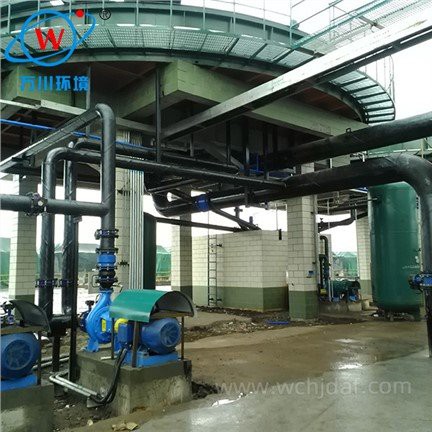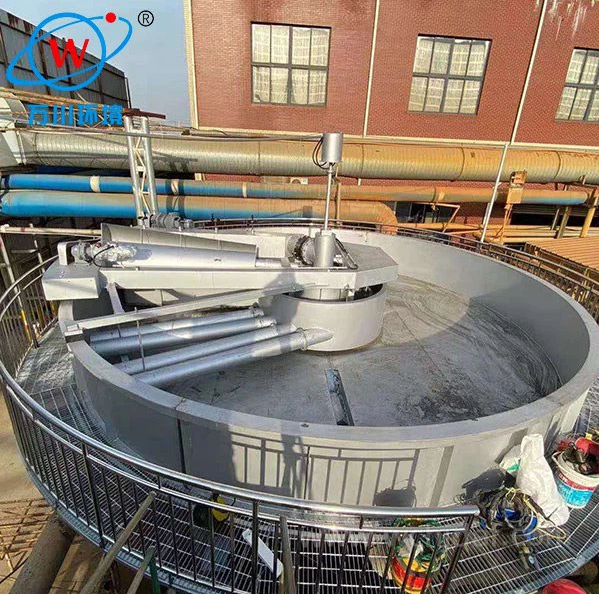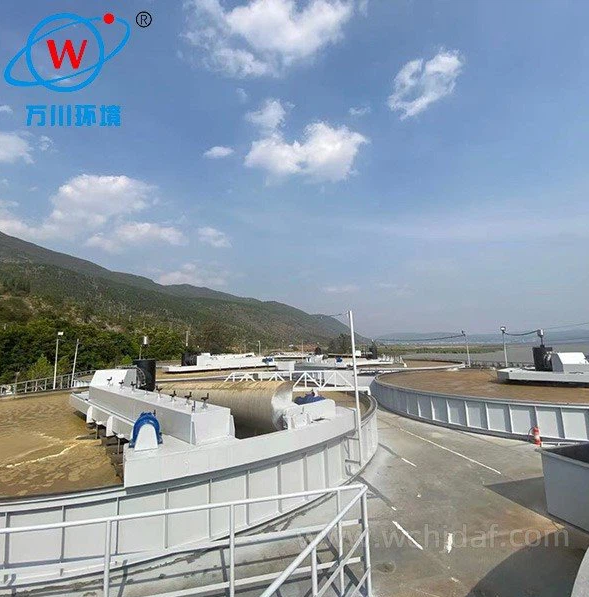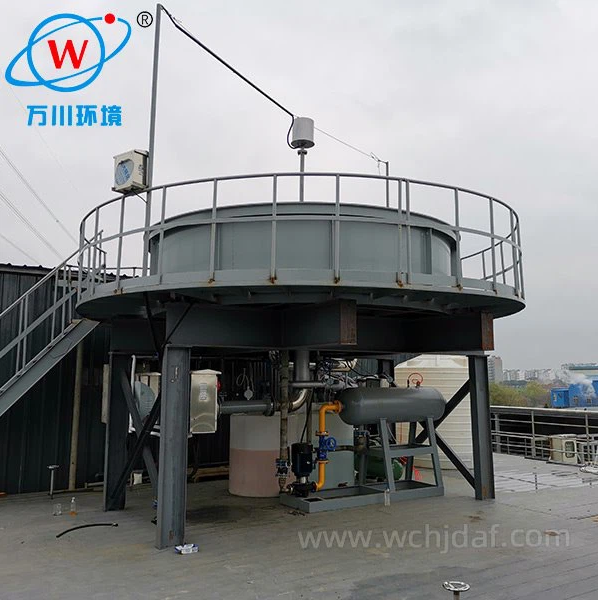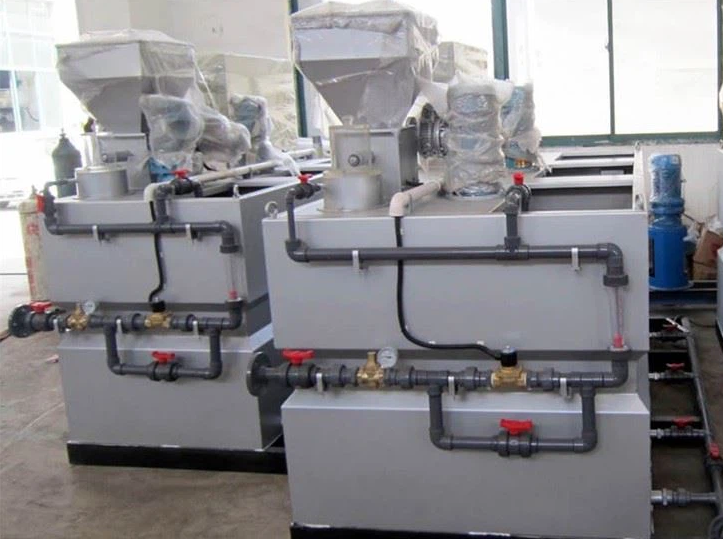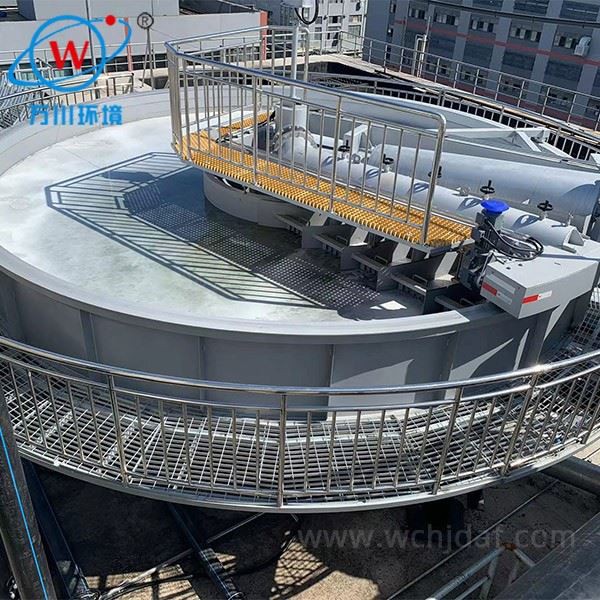Optimal Operating Conditions for High-Speed Ion Flotation
Identifying optimal conditions is critical for maximizing ion recovery efficiency, reducing reagent waste, and ensuring stable process performance.
Solution Properties
- pH level is a primary factor—adjusting it to the range where target ions are most reactive with flotation reagents enhances adsorption.
- Acidic conditions may be ideal for certain metal ions to form stable complexes with collectors.
- Alkaline conditions suit others to prevent unwanted precipitation.
- Solution turbidity and impurity content need regulation through pretreatment.
Reagent Parameters
- The type and dosage of collectors, frothers, and modifiers must match target ions.
- Collectors should have high selectivity for the target ions.
- Frother dosage needs balance—too little results in unstable bubbles, while too much causes excessive foam.
- Modifiers should be added in amounts that optimize reagent activity without altering ion solubility.
Equipment Operation
- The speed of the flotation cell must generate sufficient mixing without breaking bubble-ion aggregates.
- Air flow rate should produce bubbles of uniform size.
- Proper froth removal rate is key—removing froth too quickly risks incomplete ion capture.
- Slow removal leads to bubble coalescence and ion loss.
Environmental Factors
- Temperature should be maintained within a range that preserves reagent stability.
- Extreme heat can degrade reagents, while low temperatures slow ion-reagent reactions.
- Ambient pressure should be consistent to avoid fluctuations in bubble formation.
- Controlling these conditions ensures predictable process operation.
Process Optimization Summary
These conditions vary slightly based on target ions and feed materials, but following these consistent principles allows for maximized recovery efficiency, reduced reagent waste, and stable process performance. Proper control of solution properties, reagent parameters, equipment operation, and environmental factors ensures the process operates predictably, maintaining optimal performance over time.

